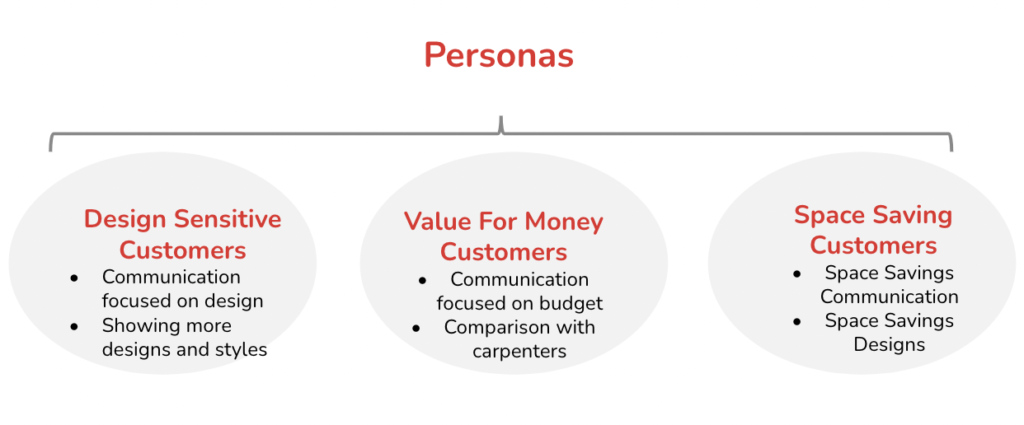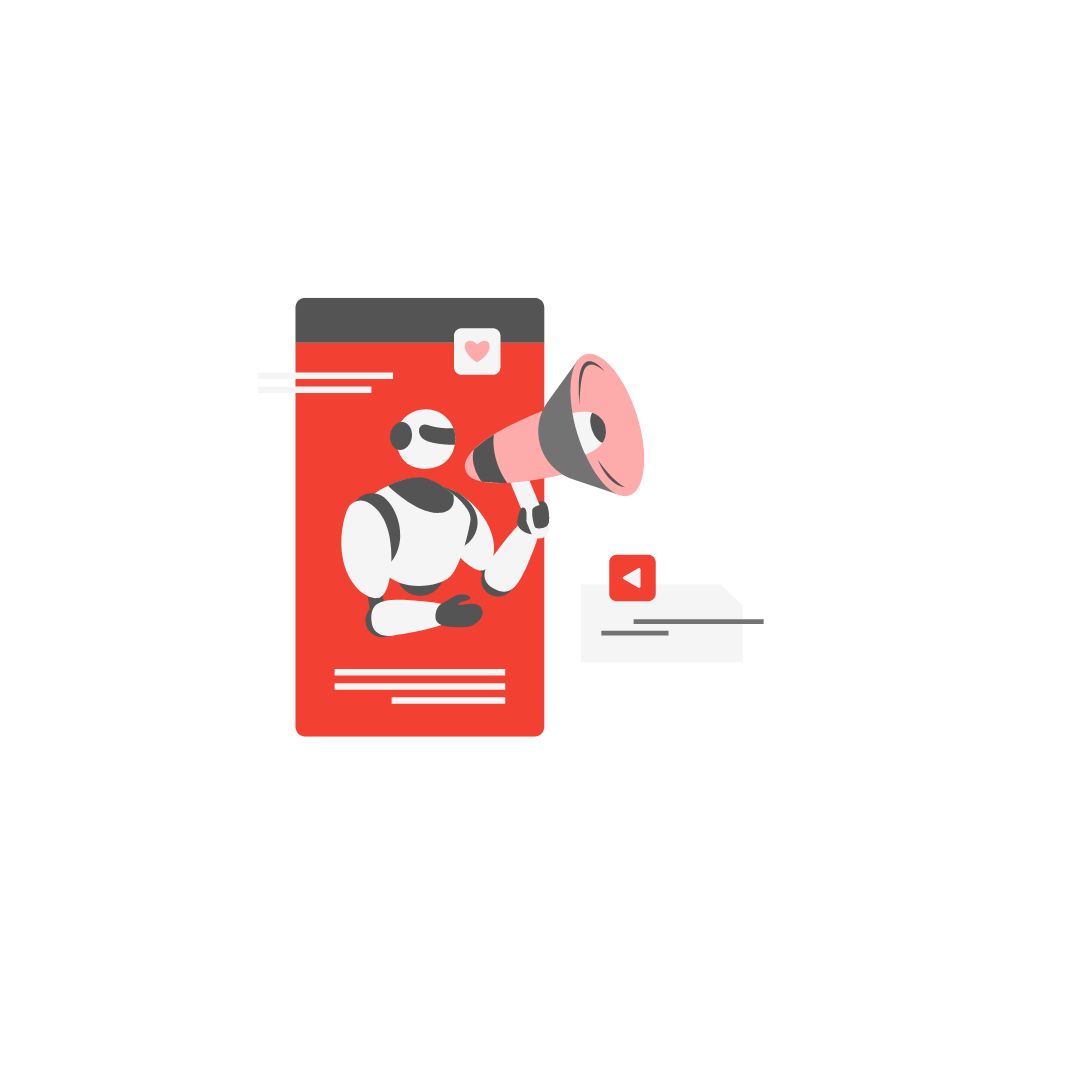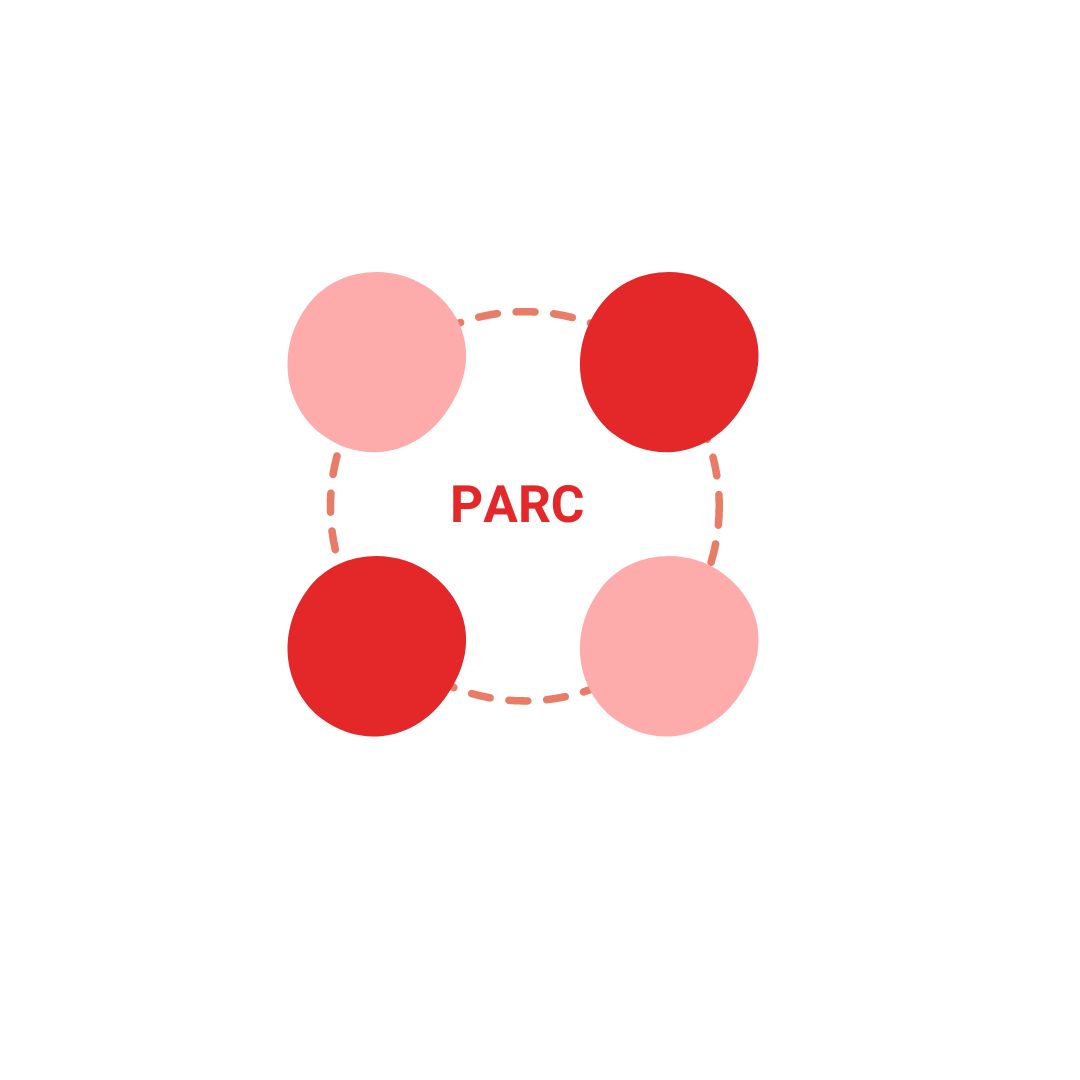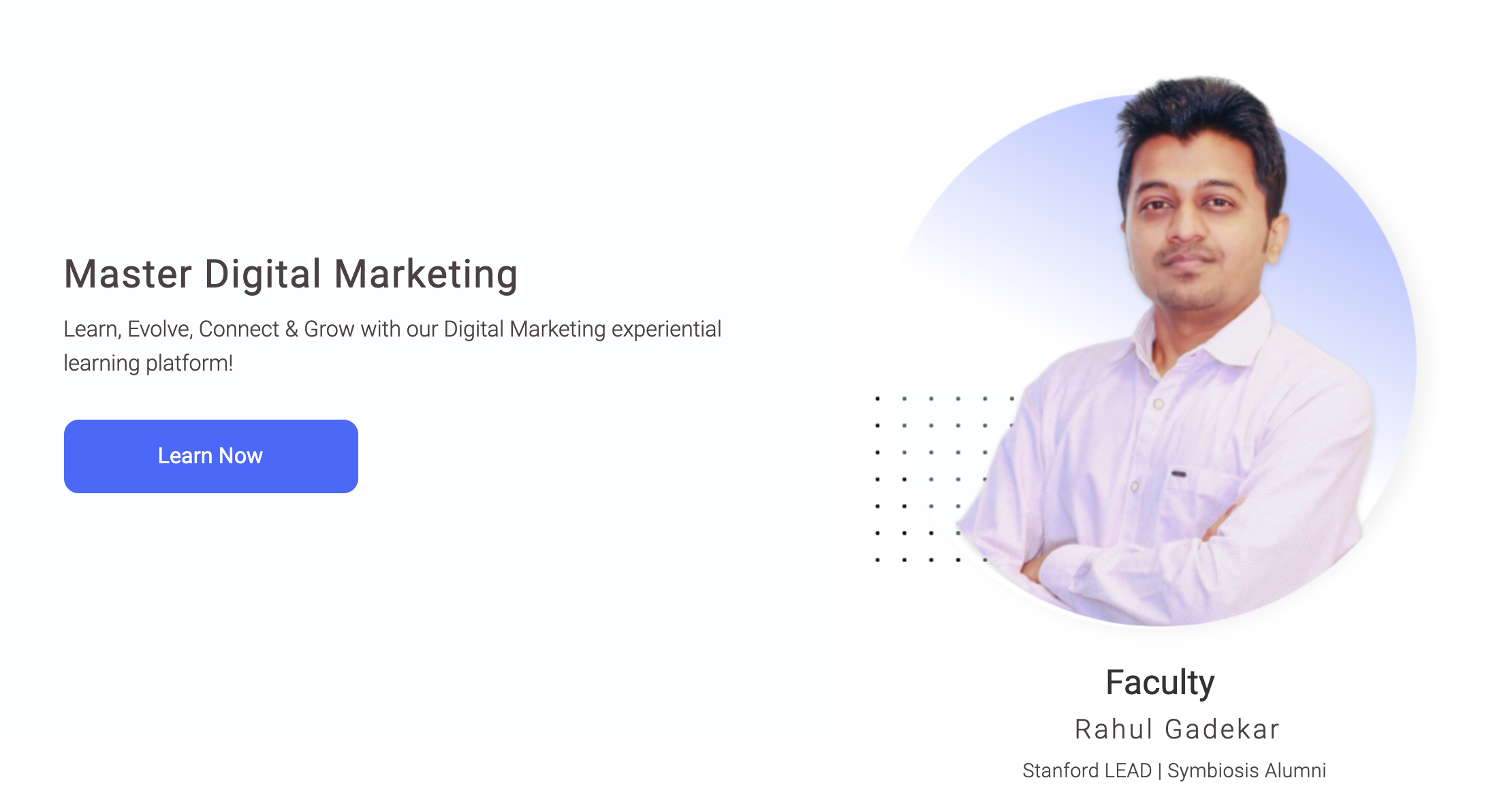In the fast-paced world of modern marketing, understanding your audience is the key to success. One of the most effective strategies in this regard is audience segmentation. By dividing your target audience into distinct groups based on shared characteristics, behaviors, or preferences, you can tailor your marketing efforts for maximum impact. In this blog, we will delve deep into the concept of audience segmentation, exploring its benefits, various types, strategies for implementation, and the tools that make it all possible.
What is Audience Segmentation?
Audience segmentation is the process of dividing a larger target audience into smaller, more defined groups based on specific attributes or behaviors. Rather than employing a one-size-fits-all marketing approach, segmentation allows businesses to create highly targeted campaigns that resonate with each group’s unique needs and preferences. This personalized approach can significantly enhance engagement, conversion rates, and overall customer satisfaction.
Benefits of Audience Segmentation:
Segmentation offers a plethora of benefits, including:
1) Improved Relevance:
Tailoring your messaging to each segment’s interests and needs makes your content more relevant, capturing attention and fostering a stronger connection.
2) Higher Conversion Rates:
Precise targeting increases the likelihood of converting leads into customers, as your messages are more likely to resonate with the specific concerns of each group.
3) Enhanced Customer Retention:
Personalized experiences foster loyalty and long-term relationships, reducing churn and increasing customer lifetime value.
4) Optimized Resource Allocation:
By understanding which segments are most valuable, you can allocate your resources more efficiently, focusing on the areas that generate the highest returns.
Types of Audience Segmentation:
1) Persona-based Segmentation:
Creating fictional personas that embody the characteristics, behaviors, and preferences of different customer groups. This approach humanizes your audience, enabling you to tailor content that resonates with their specific motivations.
Example: Let’s say you are an interior designing firm, There would be 3 types of personas you would typically target, one who is looking for value for money, the second design-focused customers looking for more designs, and the third people who are looking to optimize their space effectively.
Now you can build tailored communication with these personas to drive them into the funnel.

2) Behavior-based Segmentation:
Dividing your audience based on their actions, such as website visits, engagement with content, or response to previous campaigns. This approach allows you to target people based on their demonstrated interests and behaviors.
Example: Let’s say you are an e-commerce website selling T-shirts, based on the number of products viewed, you can personalize the remarketing journey, e.g. anyone who has viewed Louis Philippe 5 t-shirts, can personalize the remarketing journey with the value proposition and why they should choose the brand, than just pushing offers and discounts.
3) Purchase Behavior Segmentation:
Grouping customers based on their purchasing habits, including frequency, average order value, and types of products purchased. This type of segmentation is especially valuable for creating targeted upsell and cross-sell campaigns.
Example: Let’s say you are an E-ticketing website, offering customers to book flights and hotels, you can segment the audience based on the purchase behavior and send personalized offers, example: Let’s say a customer has booked a flight from London to Dubai, you can push messages related to hotel/accommodation options and also return flights.
How to Leverage Audience Segmentation:
To make the most of audience segmentation, consider these strategies:
1) Data Collection and Analysis: Gather relevant data about your audience through surveys, website analytics, and customer feedback. Analyze this data to identify patterns and preferences.
2) Segment Definition: Create well-defined segments based on shared attributes or behaviors. This could include demographic data, interests, buying behavior, or engagement level.
3) Content Personalization: Develop content tailored to each segment’s preferences and pain points. This could involve creating specific blog posts, emails, or social media campaigns.
4) Channel Selection: Determine the most effective communication channels for each segment. Some groups might respond better to email, while others might prefer social media or direct mail.
5) Testing and Iteration: Continuously monitor and evaluate the performance of your segmented campaigns. Use A/B testing to refine your approach over time.
Experimentation-based Approach for Different Audiences:
Experimentation is key when implementing segmented strategies. Try the following:
1) A/B Testing: Compare different versions of your campaigns to see what resonates better with each segment.
2) Variable Testing: Test different variables such as messaging tone, visuals, and call-to-action placement to find the optimal combination.
3) Segment-specific Offers: Experiment with unique offers or incentives tailored to each segment’s preferences to see which ones yield the best results.
Tools for Audience Segmentation:
Several tools can simplify the audience segmentation process:
1) Customer Relationship Management (CRM) Software: Platforms like Salesforce and HubSpot offer features to segment and manage customer data effectively.
2) Analytics Tools: Google Analytics, Mixpanel, and Kissmetrics provide insights into user behavior, aiding in behavior-based segmentation.
3) Email Marketing Platforms: Tools like Mailchimp and ConvertKit allow you to send targeted emails to specific segments.
4) Social Media Management Tools: Platforms like Hootsuite and Buffer assist in segment-specific social media scheduling and monitoring.
Conclusion:
Audience segmentation is a dynamic strategy that empowers businesses to forge meaningful connections with their target audiences. By recognizing the uniqueness of each group within the larger whole, companies can deliver tailored experiences that drive engagement, conversion, and loyalty. Embrace the power of audience segmentation and watch your marketing efforts reach new heights of effectiveness







